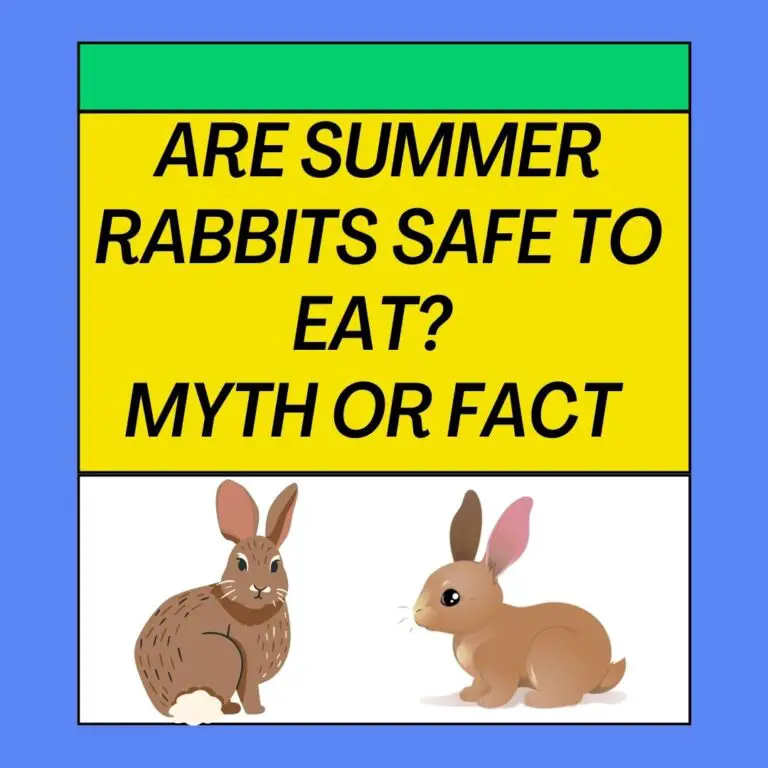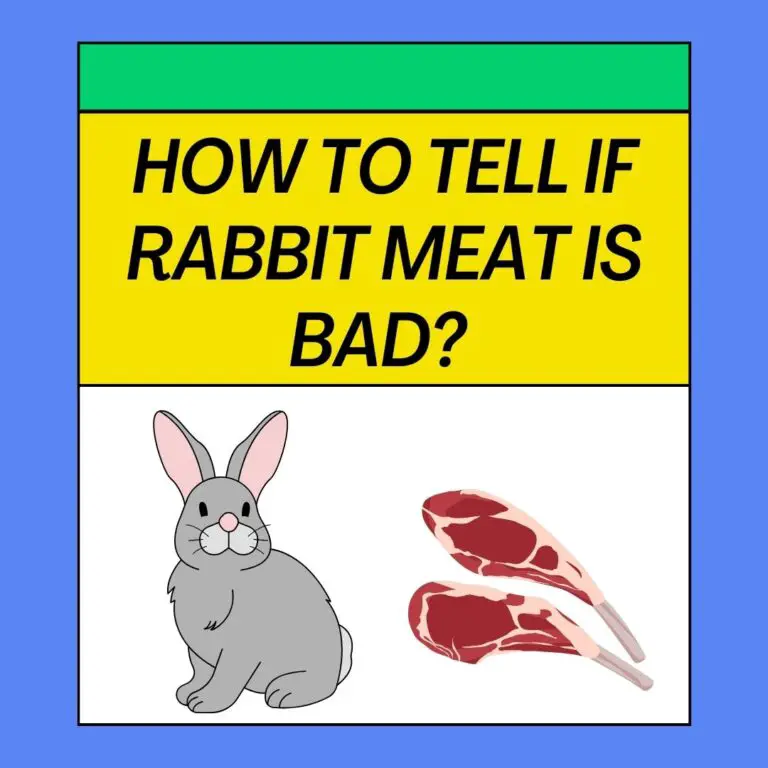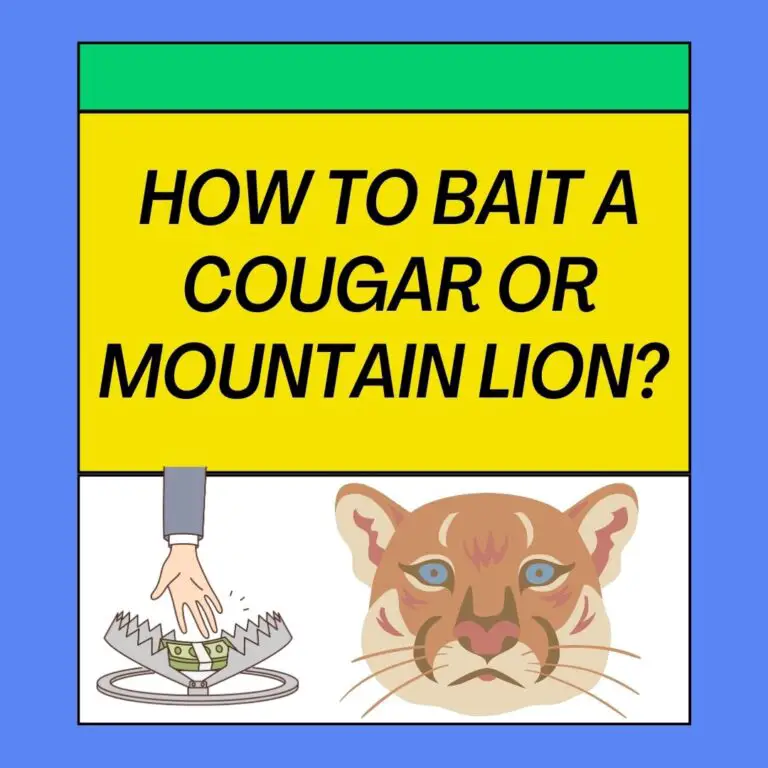
The moon’s position in the sky can be described as overhead, underfoot, zenith, or nadir. Overhead means the moon is directly above you. Underfoot means the moon is directly below you. Zenith means the moon is at its highest point in the sky. Nadir means the moon is at its lowest point in the sky
I just wanted to clarify that the term “moon overhead” is not always used to refer to the time when the moon is at its zenith. It can also be used to refer to the time when the moon is simply directly above the observer, regardless of its altitude.
For example, the moon could be overhead at midnight, but it would not be at its zenith at that time. This is because the moon’s orbit is inclined to the Earth’s equator, so it is not always directly overhead at the same time of day.
Moon being “overhead” or “underfoot” logic
The concept of the Moon being “overhead” or “underfoot” and its potential impact on deer movement is a topic often discussed among hunters and wildlife enthusiasts. The theory suggests that deer may be more active or less cautious during specific lunar phases when the Moon is directly overhead or underfoot. Here’s a breakdown of what this theory entails:
- Moon Overhead: When the Moon is directly overhead, it is at its zenith in the sky for a particular location. Some hunters believe that during this time, deer may be more active, feed more frequently, or engage in more movement because they perceive less danger from potential predators. This belief is rooted in the idea that the Moon’s position in the sky could affect the visibility of approaching threats.
- Moon Underfoot: Similarly, when the Moon is underfoot, it is on the opposite side of the Earth from your location. Hunters who subscribe to this theory suggest that deer might be more active or less cautious during this time as well. The reasoning is that the Moon’s position beneath them might make them feel less exposed or vulnerable to danger from above.
However, it’s crucial to note that scientific research on the correlation between lunar phases and deer movement has produced mixed and inconclusive results. Many factors, including weather conditions, temperature, food availability, and hunting pressure, also influence deer behavior. Therefore, while some hunters may use lunar data to plan their hunting trips, it should be just one of several factors considered when assessing deer movement patterns.
How to Tell When the Moon is Overhead Or Underfoot
Determining when the moon is overhead or underfoot involves observing its position in the sky. Here’s how you can tell when these specific moon phases occur:
1. Moon Overhead:
- The moon is directly overhead when it reaches its zenith, which is the highest point in the sky for a particular location.
- To identify when the moon is overhead, you can use various methods:
- Visual Observation: Look up at the sky and note when the moon is at its highest point. This typically occurs around midnight, but the exact time can vary depending on your location and the time of year.
- Smartphone Apps: Many smartphone apps, including astronomy apps, can provide real-time information about celestial objects, including when the moon will be overhead in your specific location.
- Online Resources: Websites and online tools that offer moon phase and position information can also tell you when the moon is overhead for your area.
2. Moon Underfoot:
- The moon is underfoot when it is on the opposite side of the Earth from your location compared to when it was overhead.
- Since this phase occurs approximately 12 hours after the moon is overhead, it often takes place during daylight hours when the moon is not visible.
- While moon underfoot can be a less critical phase for hunting since it coincides with daytime, some hunters believe it may still influence deer movement due to the moon’s low position on the horizon.
Here’s a brief explanation of the terms:
- Deer Movement: There are theories that suggest deer might be more active during specific Moon phases or when the Moon is overhead or underfoot. However, scientific studies on this topic have produced mixed results, and many factors can influence deer behavior, such as weather, food availability, and hunting pressure.
- Moon Overhead:
- When the moon is directly overhead, it is at its zenith. This is often referred to as the “moon overhead” phase.
- Some hunters believe that deer are more active during this time because they feel less exposed in the moon’s bright light. This increased visibility can make it easier for deer to spot predators.
- Deer may also be more active during this time because it coincides with the middle of the night when they are naturally more active.
- Hunting during the moon overhead phase can be productive, especially during the rut when deer are more active overall.
- Moon Underfoot:
- The “moon underfoot” phase occurs when the moon is on the opposite side of the sky from where it was during the moon overhead phase.
- Some hunters believe that deer are more active during this time because they may feel less vulnerable to predators due to the moon being low in the sky.
- However, the moon underfoot phase often occurs during the daytime, when deer are typically less active and bedded down.
- It’s worth noting that the moon’s position underfoot during daylight hours may not have as significant an impact on deer movement as other factors.
- Moon Phase:
- In addition to the moon’s position in the sky, its phase can also influence deer activity. The full moon, for example, provides more illumination at night, which can lead to increased deer movement.
- Conversely, during a new moon, when the moon is not visible in the night sky, deer may be less cautious and move more freely.
- The moon’s phase can be an important consideration for hunters, as it can affect the timing of deer activity and feeding patterns.
In summary:
- The time when the Moon is directly overhead varies by location and can be determined using astronomical tools or apps.
- The terms “Moon overhead” and “Moon underfoot” relate to hunting and wildlife activity, with some hunters believing they influence deer movement.
- Scientific studies on the Moon’s impact on deer movement are inconclusive.
- Calculating the Moon’s position can be done using astronomical tables or specialized hunting apps.
- The Moon is not necessarily directly overhead at midnight; its position changes throughout the night based on your location and the date.
The time the moon is overhead is also affected by the moon’s phase. The full moon is overhead at sunset, the first quarter moon is overhead at noon, the third quarter moon is overhead at sunrise, and the new moon is overhead at midnight.
The term “moon overhead” is sometimes used to describe the time when the moon is at its highest point in the sky. This happens about 6 hours after the moon rises and 6 hours before it sets.
The term “moon underfoot” is sometimes used to describe the time when the moon is directly below the observer. This happens about 12 hours after the moon rises and 12 hours before it sets.
The moon’s position overhead or underfoot can affect the behavior of animals, such as deer. Deer are more likely to move around when the moon is overhead, as they are less visible to predators.
I hope this helps!
(FAQs) related to deer hunting and moon phases:
Q1: Does the moon’s position really affect deer movement?
A1: The moon’s position can have an influence on deer movement, but it’s just one of many factors. While some hunters believe that deer are more active during the moon overhead or underfoot phases, it’s essential to consider other factors like weather, food sources, and hunting pressure.
Q2: What are the best moon phases for deer hunting?
A2: There’s no one-size-fits-all answer, as the best moon phase for deer hunting can vary depending on your location and the specific deer population. Generally, the full moon and new moon phases are often mentioned as times when deer might be more active due to lighting conditions.
Q3: Should I only hunt during moon overhead or moon underfoot phases?
A3: While these phases can be productive, it’s essential to be flexible in your hunting strategy. Deer behavior can vary, and they may still be active at other times. Scouting and understanding local deer patterns are crucial for successful hunting.
Q4: How can I find out the moon phase for my hunting area?
A4: There are many apps and websites that provide moon phase information for specific locations. You can use these tools to plan your hunts around moon phases. Additionally, many hunting and outdoor magazines publish moon phase calendars.
Q5: Are there any moon phase myths in deer hunting?
A5: Yes, there are several myths and superstitions surrounding moon phases and deer hunting. While moon phase can play a role, it’s not the only factor, and some hunters place too much emphasis on it. It’s essential to consider all aspects of deer behavior and habitat.
Q6: How do I use moon phase information effectively in my hunting strategy?
A6: Moon phase information should be just one part of your overall hunting strategy. Combine it with other factors like wind direction, temperature, and food sources. If possible, use moon phase data in conjunction with local deer behavior observations to fine-tune your hunting plan.
Q7: Do different species of deer react differently to moon phases?
A7: There can be some variations in how different species of deer react to moon phases. For example, whitetail deer behavior might differ from mule deer. It’s a good idea to research the specific species you’re hunting and consider their unique characteristics.
Q8: Are there any scientific studies on the relationship between moon phases and deer movement?
A8: While there have been some studies on the topic, the results are often inconclusive or vary by location. Many hunters rely more on anecdotal evidence and personal observations when considering the moon’s impact on deer movement.
Remember that moon phase is just one piece of the puzzle when it comes to successful deer hunting. Local knowledge, patience, and good hunting practices are equally important factors in a successful hunt.






